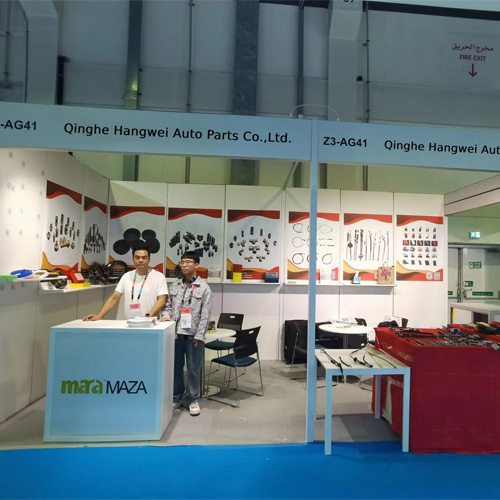Understanding the Function and Importance of Derailleur Gear Cables in Bicycles
Understanding Derailleur Gear Cables The Unsung Heroes of Bicycle Shifting
When it comes to the intricate mechanics of a bicycle, many enthusiasts often focus on the frame, the drivetrain, or the wheels. However, one critical component that quietly plays a pivotal role in the overall performance and functionality of a bike is the derailleur gear cable. This small yet essential piece of equipment is responsible for the seamless shifting of gears, ensuring that cyclists enjoy a smooth and efficient riding experience.
The Role of Derailleur Gear Cables
At its core, the derailleur gear cable serves as the communication link between the shifter (located on the handlebars) and the derailleur (the mechanism that moves the chain across different gears). When a cyclist wants to change gears, the shifter pulls or releases the cable, which in turn prompts the derailleur to move the chain onto a different sprocket or chainring. This enables the rider to select the appropriate gear for varying terrains, whether climbing steep hills or sprinting on flat surfaces.
Types of Derailleur Gear Cables
Derailleur cables typically come in two primary types stainless steel and coated cables.
1. Stainless Steel Cables These traditional cables are renowned for their strength and durability. They resist rust, ensuring that the shifting performance remains intact even in adverse weather conditions. However, they may require occasional lubrication to maintain smooth operation.
2. Coated Cables Many cyclists opt for coated cables, which are designed to reduce friction and improve shifting efficiency. The coating creates a smoother surface, allowing the cable to glide more easily through the housing, resulting in precise and reliable gear shifts. Although coated cables might be slightly less durable than their stainless steel counterparts, their ease of use often makes them a preferred choice for casual and competitive cyclists alike.
Cable Maintenance and Replacement
Like any component on a bicycle, derailleur cables require regular maintenance to ensure optimal performance. Over time, cables can stretch, fray, or become contaminated with dirt and grime, all of which can impair shifting function. Regular inspection of the cable and housing is crucial, as these checks can help spot issues before they lead to a complete failure.
To maintain derailleur cables, cyclists should
derailleur gear cable

1. Clean the Cables Remove dirt or grease buildup by wiping down the cables and housing with a clean cloth. This prevents gunk from affecting the smoothness of gear changes.
2. Lubricate Applying a light lubricant specifically designed for bicycle cables can help reduce friction, enhancing shifting performance.
3. Inspect for Damage Look for any signs of wear, such as frayed ends or corrosion. If any damage is found, replacing the cable immediately is essential to prevent shifting problems.
4. Replace When Necessary Following the manufacturer's recommendations, cables should be replaced periodically, typically every one to two years, depending on the frequency of use and riding conditions.
Choosing the Right Derailleur Cable
Selecting the right derailleur cable is essential for ensuring optimal bike performance. Factors to consider include
- Compatibility Ensure that the cable is compatible with your specific shifter and derailleur system. Different brands and models may have unique specifications.
- Length Cables come in various lengths, so it's vital to measure the current cable or consult manufacturer guidelines to find the appropriate size for your bike.
- Quality Invest in high-quality cables from reputable brands. While it may be tempting to opt for cheaper alternatives, inferior cables can lead to more significant problems in the long run.
Conclusion
While derailleur gear cables may not attract the same attention as other bike components, their importance in the bicycle's operational efficiency cannot be overstated. By understanding their role, maintaining them properly, and replacing them when necessary, cyclists can enjoy a smoother ride and a more responsive shifting experience. Ultimately, it’s the attention to detail with each component—no matter how small—that contributes to a cyclist's overall performance and enjoyment on the road.
-
Upgrade Your Control with Premium Throttle CablesNewsAug.08,2025
-
Stay in Control with Premium Hand Brake CablesNewsAug.08,2025
-
Experience Unmatched Performance with Our Clutch HosesNewsAug.08,2025
-
Ensure Safety and Reliability with Premium Handbrake CablesNewsAug.08,2025
-
Enhance Your Vehicle with High-Performance Clutch LinesNewsAug.08,2025
-
Elevate Your Ride with Premium Gear CablesNewsAug.08,2025
